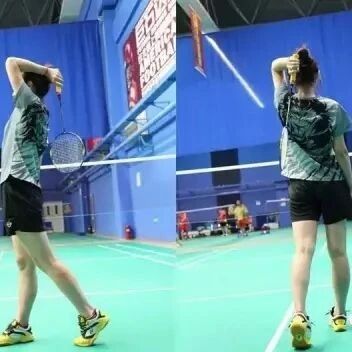
To play badminton well, mastering precise technique alone isn’t enough—no matter how refined your strokes are, without agile footwork to match, you’ll only end up staring helplessly at the shuttlecock. That’s why the saying “30% technique, 70% footwork” actually makes sense. And if you want your technique and footwork to blend seamlessly, learning how to control your body’s center of gravity becomes absolutely essential.
As the military treatise says: "Before troops move, provisions must go first." In badminton, your center of balance is essentially the "provisions"—before executing any movement, your center of gravity needs to take the lead.Anticipate while shifting your center of gravityIt is widely known that the quality of your return heavily depends on anticipation—and while anticipating, you should simultaneously shift your weight. This step is crucial. As your opponent prepares to hit the ball, it’s best to lift your center of gravity slightly in advance, naturally settling onto the balls of your feet while keeping both feet lightly off the ground. Most importantly, timing your weight shift perfectly is essential for maximizing your ability to initiate the next move effectively.Many beginners, when moving forward, tend to lift their feet before shifting their center of gravity—but this approach actually makes your start much more difficult. The correct technique is to first shift your body’s center of gravity forward and lean your torso slightly forward as you prepare to move. This way, you’ll be able to initiate the motion much faster.Smashing from the backcourt, then approaching the netTo improve your net speed after a powerful backcourt shot, make sure to land your left foot first after jumping. This will shift your center of gravity forward, naturally prompting your right foot to step forward and help you maintain balance—thereby accelerating your movement toward the net.Side-to-side parallel stepThe crossover step is a movement we frequently use in playing; at this moment, controlling your center of gravity is also the key to gaining the upper hand. When you perform a crossover step to the right, first shift your weight onto your left foot. Conversely, when moving to the left, do the opposite—this approach helps you better harness the rebound force during each push-and-step motion.Center of Gravity and VelocityWhen playing ball regularly, you’ll notice that some experienced players make slight swaying motions. In fact, this instability in their center of gravity is actually designed to enhance their explosive speed. Generally speaking, the more unstable your center of gravity, the easier it is to generate quick bursts of movement. That’s why improving your ability to shift and control your center of gravity can boost all types of starts—even second movements.
However, as the saying goes, "too much of a good thing can be bad." Excessive instability in your center of gravity can actually pose significant risks, which we’ll explore in detail below.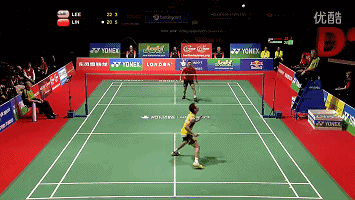 Like basketball and soccer, badminton also features a dynamic rotation between offense and defense—during which the center of gravity plays a crucial transitional role. The most common technique is to shift your center of gravity higher and forward during defense, while moving it onto the same-side foot as your racket-holding hand when launching an attack.Many players feel unsteady while on the court, and it’s clearly due to their center of gravity shifting back and forth. This swaying of the body’s center of balance during movement—and unnecessary up-and-down motions—typically occurs when the player’s upper body swings excessively from side to side or tilts too far forward or backward as they move. As a result, the player loses the essential stability required for maintaining a solid, balanced posture.
Like basketball and soccer, badminton also features a dynamic rotation between offense and defense—during which the center of gravity plays a crucial transitional role. The most common technique is to shift your center of gravity higher and forward during defense, while moving it onto the same-side foot as your racket-holding hand when launching an attack.Many players feel unsteady while on the court, and it’s clearly due to their center of gravity shifting back and forth. This swaying of the body’s center of balance during movement—and unnecessary up-and-down motions—typically occurs when the player’s upper body swings excessively from side to side or tilts too far forward or backward as they move. As a result, the player loses the essential stability required for maintaining a solid, balanced posture.
The impact of excessive instability♖ An overly unstable center of gravity hinders ball control. Instability in the center of gravity creates various inertial forces, and overcoming these forces is no easy task when we’re already in motion. Inertia can cause the body to move unpredictably and uncontrollably—let alone maintaining control of the ball.♖ Overly unstable center of gravity hampers movement speed. In addition to affecting ball control, inertia also significantly impacts overall pace. Beyond inertia, an unsteady center of gravity can lead to excessive limb swings, further compromising the ability to maintain and maximize speed.♖ An overly unstable center of gravity easily leads to wasted physical energy. If you can’t effectively control your center of balance, your body will naturally compensate by making excessive transitional movements—such as over-bending or straightening your knees too much, or bouncing your feet unnecessarily—during movement, ultimately resulting in energy depletion. On the other hand, overcoming inertia itself also requires significant muscular effort.Center of gravity is something you can’t see or touch—only by actively reflecting on and experiencing its effects during regular training can you learn to better control it and, ultimately, master the game.
More article recommendations:
What should you do if your backward speed is too slow? Learn the backpedaling technique from Lee Chong Wei!
How to become the net-raking, intimidating force in badminton doubles that sends shivers down everyone's spine?
What do you do when you run into a "power hitter" while playing badminton? Just take the edge off their shots!
Zhao Jianhua, Yang Yang, and Li Mao have prepared over 100 lessons for everyone, covering techniques like badminton net shots, backhand cross-court hooks, and smashes. Click "Read the Original Article in the Bottom Left Corner." If you're looking to improve your badminton skills, don't miss this—this is a must-see!

Click here to access 100 lessons.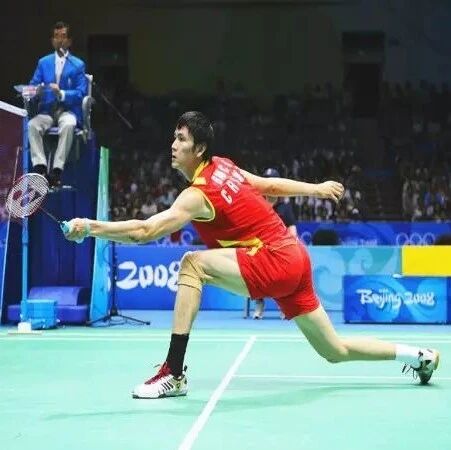

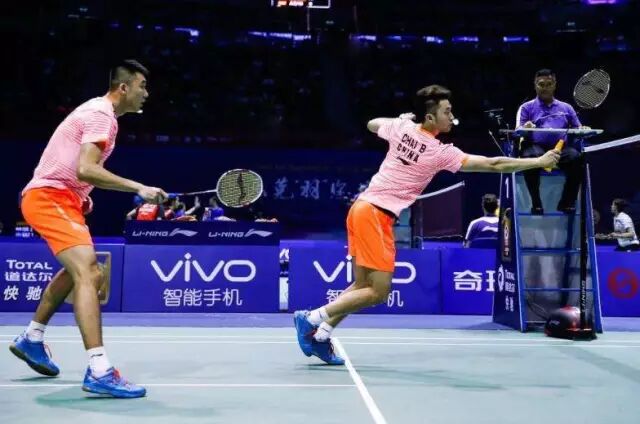
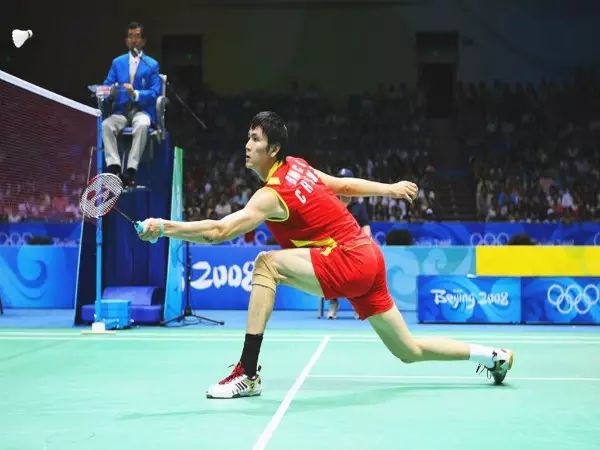
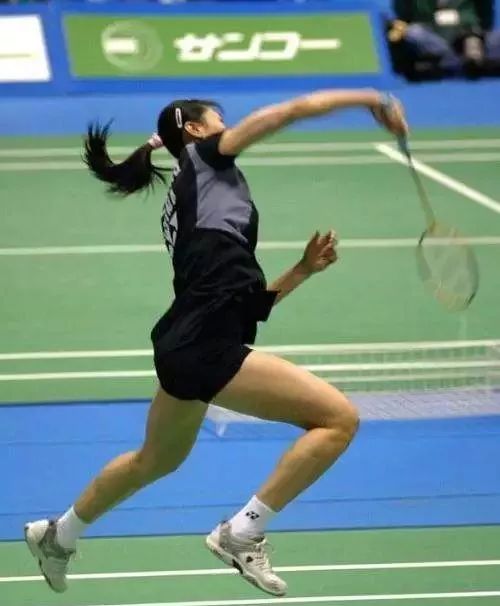
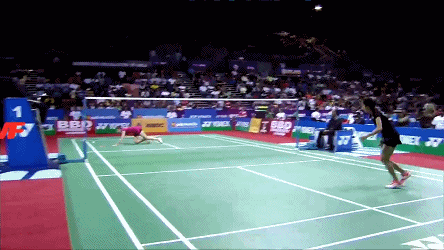

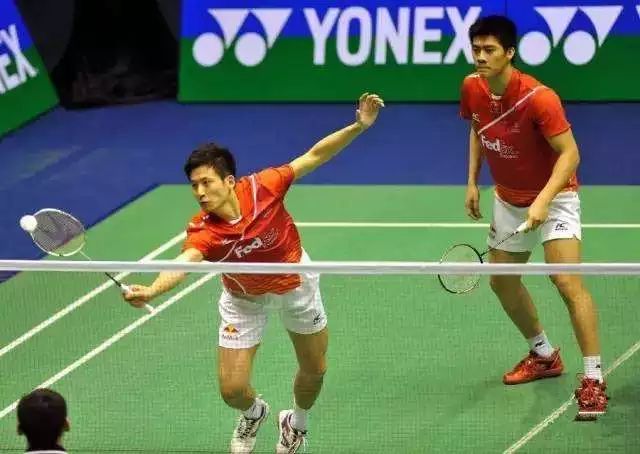
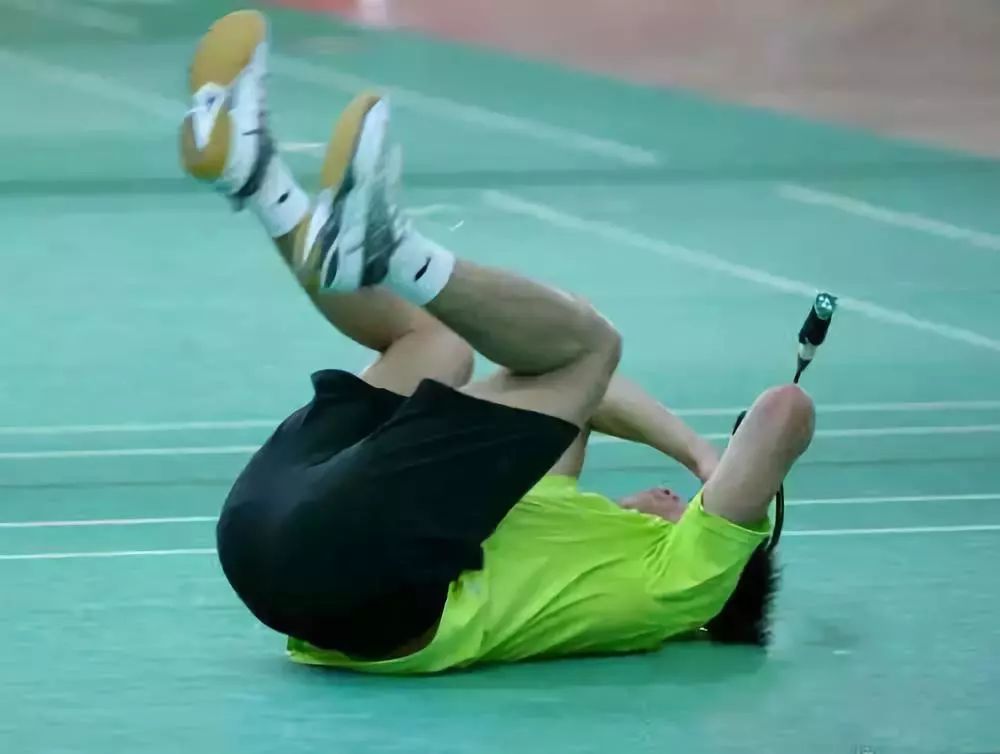

![[Special Offer] Our custom-made, highly cost-effective grip tape is now in stock—truly a quality product that everyone who’s tried it is already coming back for more!](https://api.zsiga.xyz/mp-weixin-attachment/cover/18/2650593747_1.jpg)

